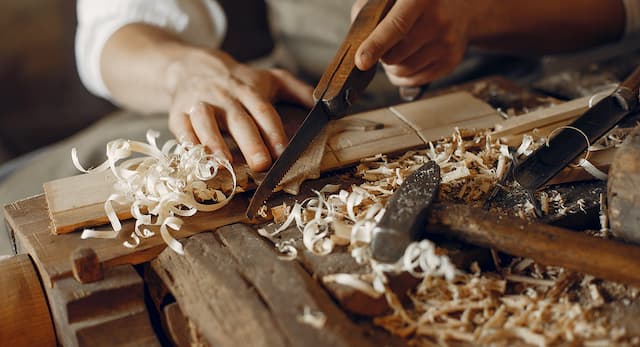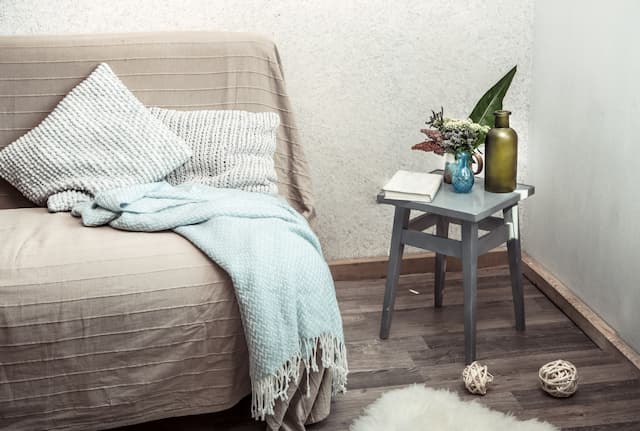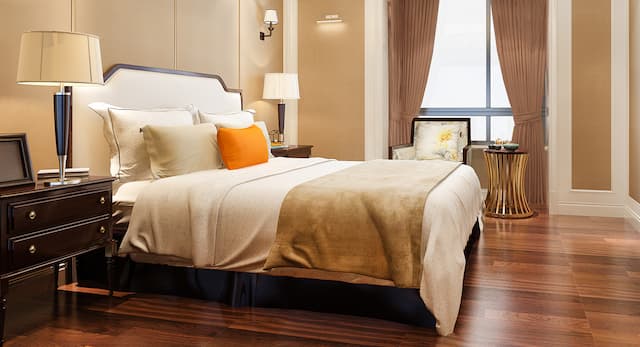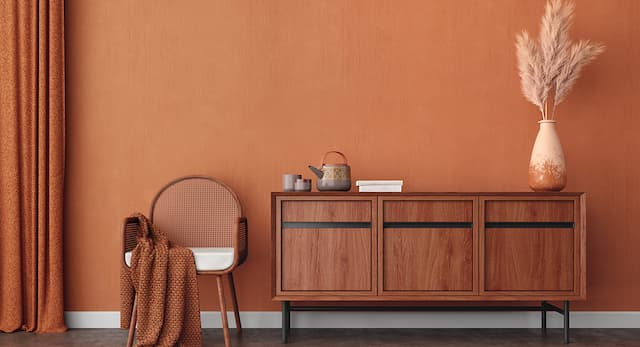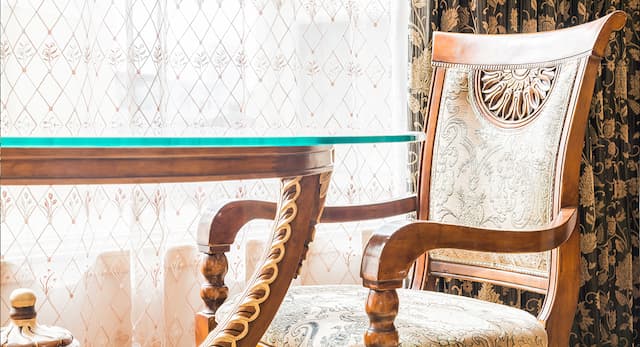Italian Joinery: Everything to Need to Know In 2024
Wood joinery is both an art and science that has been practiced for centuries across cultures. From antique furniture to modern buildings, joinery techniques connect wooden pieces to create stable, durable, and aesthetically pleasing structures.
Among the many schools of carpentry, Italian joinery stands out for its precision, seamless joints, and ornate detail that unveils the natural beauty of wood.
Italian joinery will likely continue to captivate woodworkers and interior designers alike for its splendor and craftsmanship. Next, we’ll elucidate everything you need to know about this unique joinery style – from its key features, common products, required materials, associated costs, potential drawbacks, and emerging trends for the upcoming year.
Features of Italian Joinery
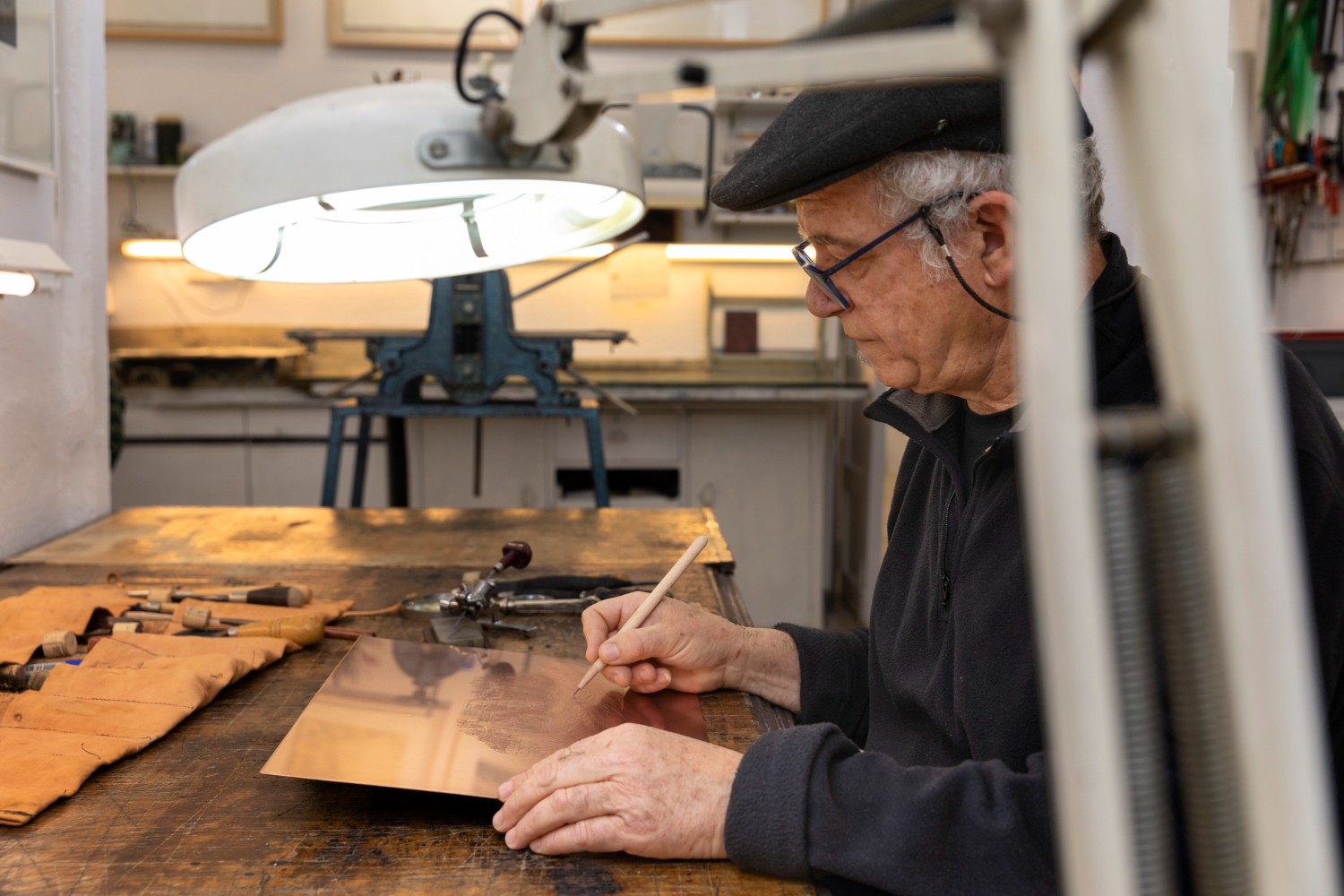
What sets Italian joinery apart is attention to subtle elements that create flowing, cohesive designs for most types of joinery works.
The sum of these subtle signatures is furniture and cabinetry that flows seamlessly as a unified, grandiose work of art. Notable features of the type of joinery include:
Robust Joints
Multiple wooden pieces fit together perfectly with invisible seams, showcasing continuity between surfaces. Common joints include dovetails, mortise and tenon, bridle, and finger.
Intricate Detail
Complex patterns and textures feature finely carved elements like flutes, beads, volutes, curves, and geometric shapes. Tools like chisels and gouges unlock ornate potential.
Finely Crafted Moldings
Decorative trim and edges exhibit precision symmetry and consistency in both width and depth measurements across entire perimeter lengths.
Elegant Turnings
Gentle spirals, flutes, and spherical shapes require meticulous use of machinery like the wood lathe. Master turners coax life from wood through this process.
Artistic Veneers
Thin slices of expensive or striking wood species over less visually compelling substrates generate stunning, unique wood grain effects at lower costs.
Products of Italian Joinery
No space is off limits for introducing Italian joinery’s characteristic splendor, whether indoors or out.
Applying Italian joinery techniques breathes life into all manners of wooden furnishings and architectural elements, including:
Ornate Furniture
The most quintessential application features antique chairs, armoires, cabinets, tables, and beds flaunting baroque curves and intricate patterns.
Elaborately Carved Doors
Entryways and passageways between rooms frame chiseled masterpieces exhibiting symmetry and seamless edges between stiles, rails, and floating panels.
Intricate Wall Panels
Chair rails, wainscoting, trims, and frames lining rooms harmonize in perfectly balanced symmetry and uniform edges.
Spiral Staircases
Captivating helical steps wind elegantly as sculpture showpieces connecting building floors. Columns, balusters, and rails flow as one continuous wooden ribbon.
Decorative Garden Pergolas
Open-air covered walkways flanking gardens and yards create focal points with elaborately turned columns and carefully spaced rafters overhead.
Materials for Italian Joinery
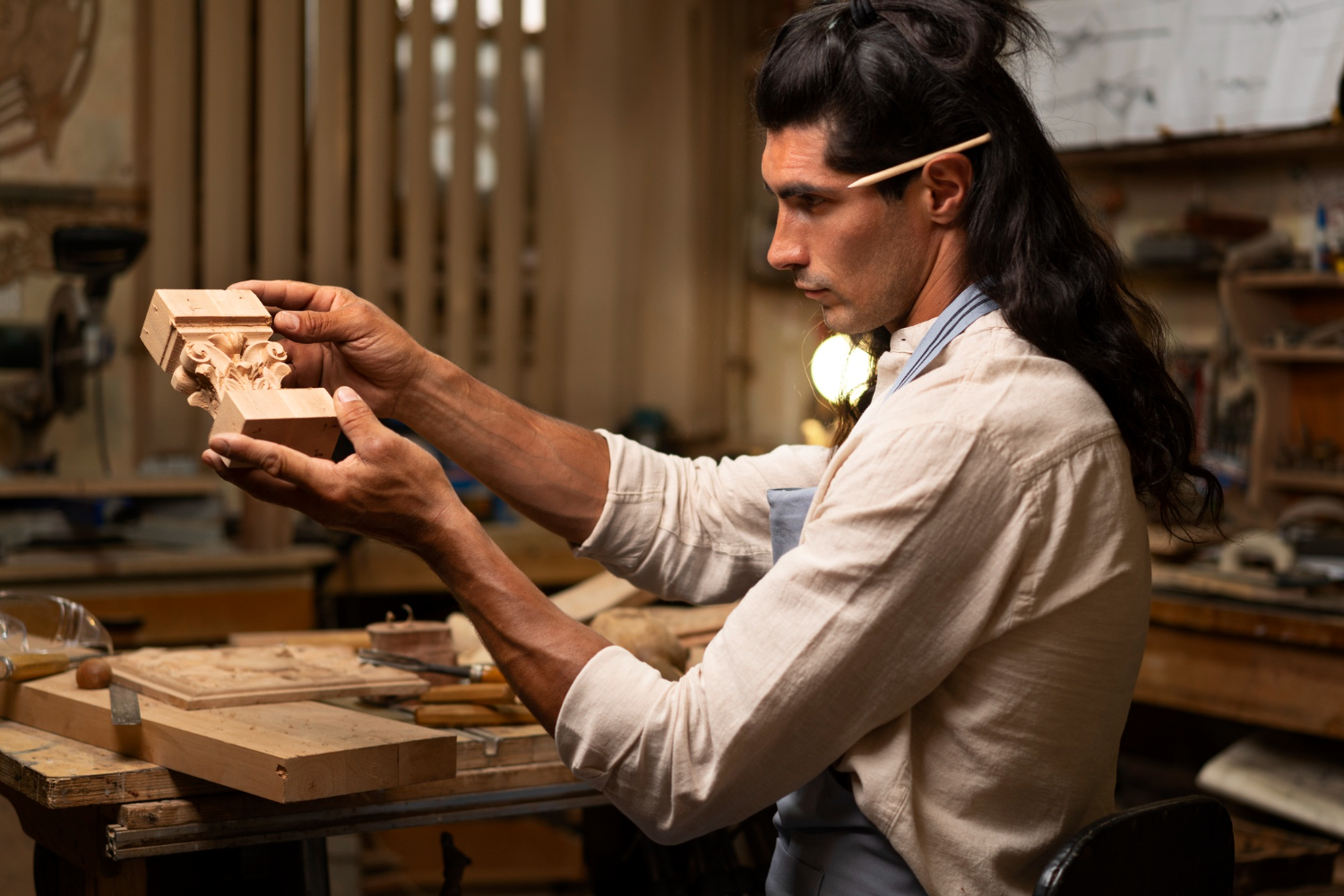
A variety of wood species bring Italian loose furniture to life, each imparting its own unique natural grain patterns, textures, and charm:
- Walnut: Rich chocolate tones and flowing grain make this a popular choice for intricate carvings and turnings. Durability also suits demanding furniture applications.
- Oak: Ranging from white to red hues, oak offers appealing grain variety along with superb strength perfect for both structural joints and finishes.
- Maple: Subtly grained with clean white tones, maple provides an ideal neutral backdrop for receiving painted decorations without obscuring intricate details.
- Mahogany: With flowing grain that’s fine yet easy to carve, this wood lends a perfect balance of beauty and workability for both furniture and architectural millwork.
- Cherry: Primarily valued for its trademark reddish-brown hues and smoothly flowing grain, cherry adapts well to careful hand-tooling and finishing.
- Cedar: Where decay resistance is crucial for pergolas and exterior applications, aromatic cedar brings durability along with varied grain textures akin to knots that enhance rustic appearances.
Cost of Italian Joinery
Given the intensive handcrafting and specialized skills involved, Italian joinery commands premium pricing.
With so many variables at play, total costs can range tremendously from a few thousand dollars for smaller stock pieces to over 100k+ US dollars for expansive custom architectural elements.
The costs escalating based on several factors, such as:
- Type of Wood: Rare species and imported exotic woods induce higher material costs. Domestic North American species tend to be the most affordable.
- Size and Scope: Crafting intricate details across larger surface areas or multiple integrated components heightens demands for material quantities and working time.
- Custom Design: Bespoke creations tailored to a client’s unique needs rather than working from existing templates involve greater consultation, drawing, and prototyping efforts.
- Level of Ornateness: More elaborate artistic elements like hand-carved textures, complex joinery, and exotic veneers elevate pricing significantly for highly skilled artisanship.
- Project Management: Larger-scale projects with multiple integrated elements often warrant dedicated oversight by experienced woodworking professionals to actualize the full vision.
Drawbacks of Italian Joinery
For all its visual splendor, incorporating Italian joinery also comes with a few practical drawbacks to consider.
Ultimately, the tradeoffs reflect Italian joinery’s positioning as an upmarket niche, prioritizing artistry over practicality.
Expense
Budgets often limit access to these premium design services beyond wealthier clients. Italian joinery is synonymous with luxury.
Maintenance
Dusting and cleaning are vital for preserving ornate carvings in their most pristine condition over time.
Fragility
Susceptibility to chips, cracks, and splits means even minor impacts can easily damage intricate details. This makes Italian joinery best suited for static furnishings rather than highly interactive applications.
Weight
The solid wood construction behind most pieces renders them heavier than alternatives. This affects the mobility or transfer of these pieces.
Lead Times
With techniques relying predominantly on manual hand-tooling, adequate time must be allotted to support quality craftsmanship without cutting corners.
Trends in Italian Joinery for 2024
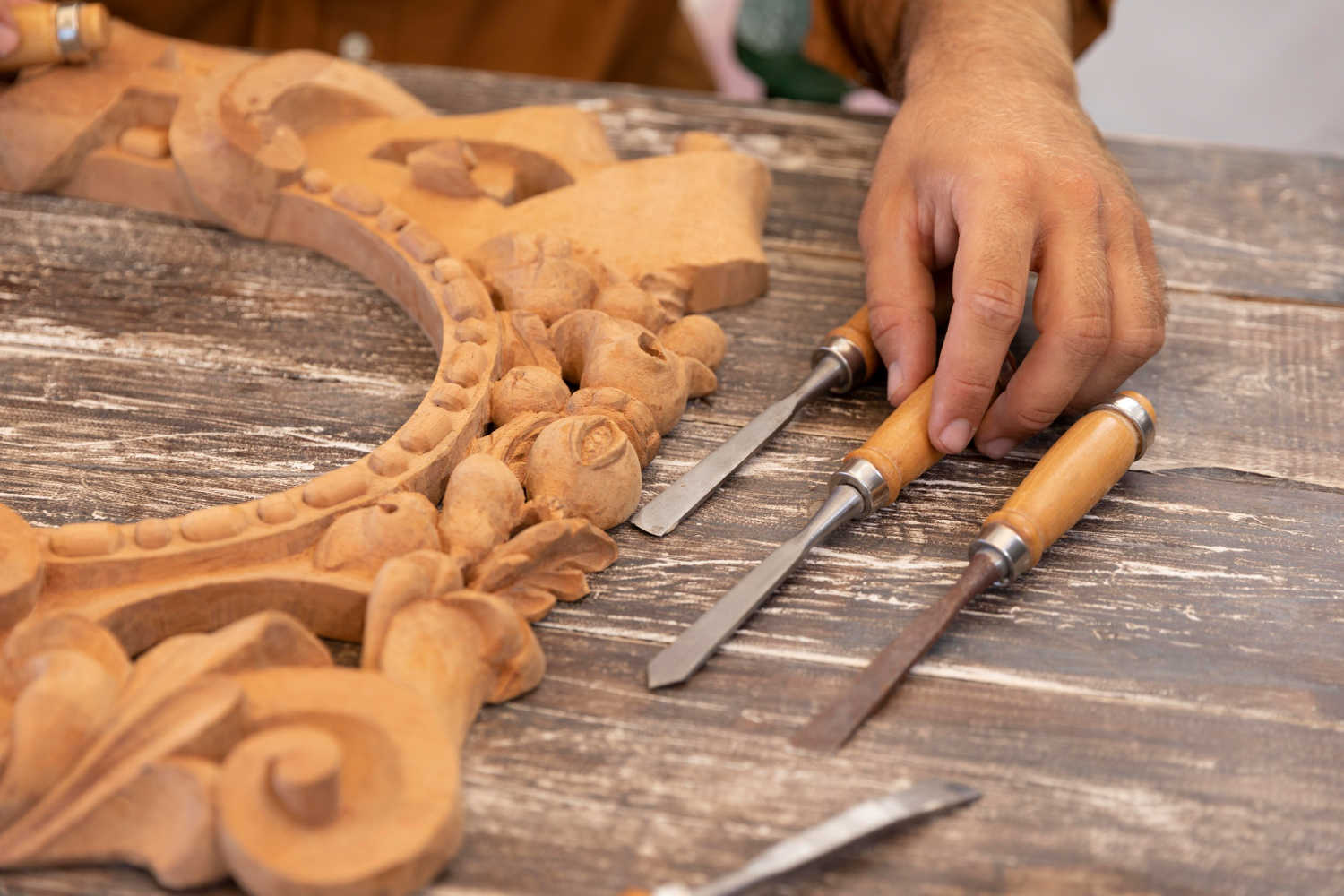
What lies on the horizon for Italian joinery in the upcoming years may include:
Digital Design Integration
Blending ornate artistic elements with precision joinery technologies, such as CNC machining, will create more complex geometries faster. Software streamlines planning.
Sustainable Materials
Ethically resourced reclaimed woods along with eco-friendly stains, oils, and finishes help reduce environmental footprints.
Smart Technology Integration
Creative incorporation of lighting, speakers, and charging ports directly into furniture pieces will enhance functionality.
Bolder Colors
Vibrant blue, green and even metallics signifying bolder confidence will complement traditionally prevalent wood grain hues.
More Accessible Price Points
Streamlining the most intricate artistic focal points yet offering clean contemporary backgrounds helps decrease costs.
Education & Training
Passing storied techniques to new generations through expanded trade school and apprenticeship opportunities will ensure the continuation of this proud legacy.
Final Thought
Italian joinery stands centuries strong as an essence of woodworking mastery synergizing art, science, and culture. Its ornately carved signatures engraved into furnishings across palazzos, villas, and hotels symbolize the zenith of civilization.
Looking ahead through the upcoming years, Italian joinery will continue enthralling design aficionados well into the future by upholding its storied legacy while welcoming modern progress and sustainability.
For all who appreciate fine craftsmanship, it shall persist as an aspirational gold standard in wood joinery across epochs to come.
PARTENZA embodies the core of Italian joinery with products and customs designed that can fit any type of space. You can reach out to us to explore our custom solutions.
Frequently Asked Questions
What Makes Italian Joinery Unique?
Italian joinery is distinguished by robust joints, intricate hand-carved details, perfectly uniform edges along moldings and trim, gentle turning spirals, and striking wood veneers.
What Types of Projects Feature Italian Joinery?
Beyond ornate antique-style furniture, Italian joinery upholds elaborately carved doors, wall panels, staircases, pergolas, and other architectural elements in residences, hotels, and buildings seeking visual intrigue.
What Key Materials Are Used?
Walnut, oak, maple, mahogany, cherry, and cedar represent prevalent species exhibiting diverse grains ideal for ornamentation ranging from structural joints to decorative finishes.
Why Does Italian Joinery Cost More?
Substantial handcrafting skills, bespoke customization, rare woods, and ornate detailing greatly intensify labor and material costs compared to more standardized joinery and furnishings.
What Are Some Downsides of Italian Joinery?
Practical drawbacks include heavy expenses, extensive maintenance needs for preservation, and fragility and weight constraints.
How Is Italian Joinery Evolving in 2024?
Emerging trends integrate digital design practices for more complex geometries, sustainable materials for environmental friendliness, and smart technology features.

